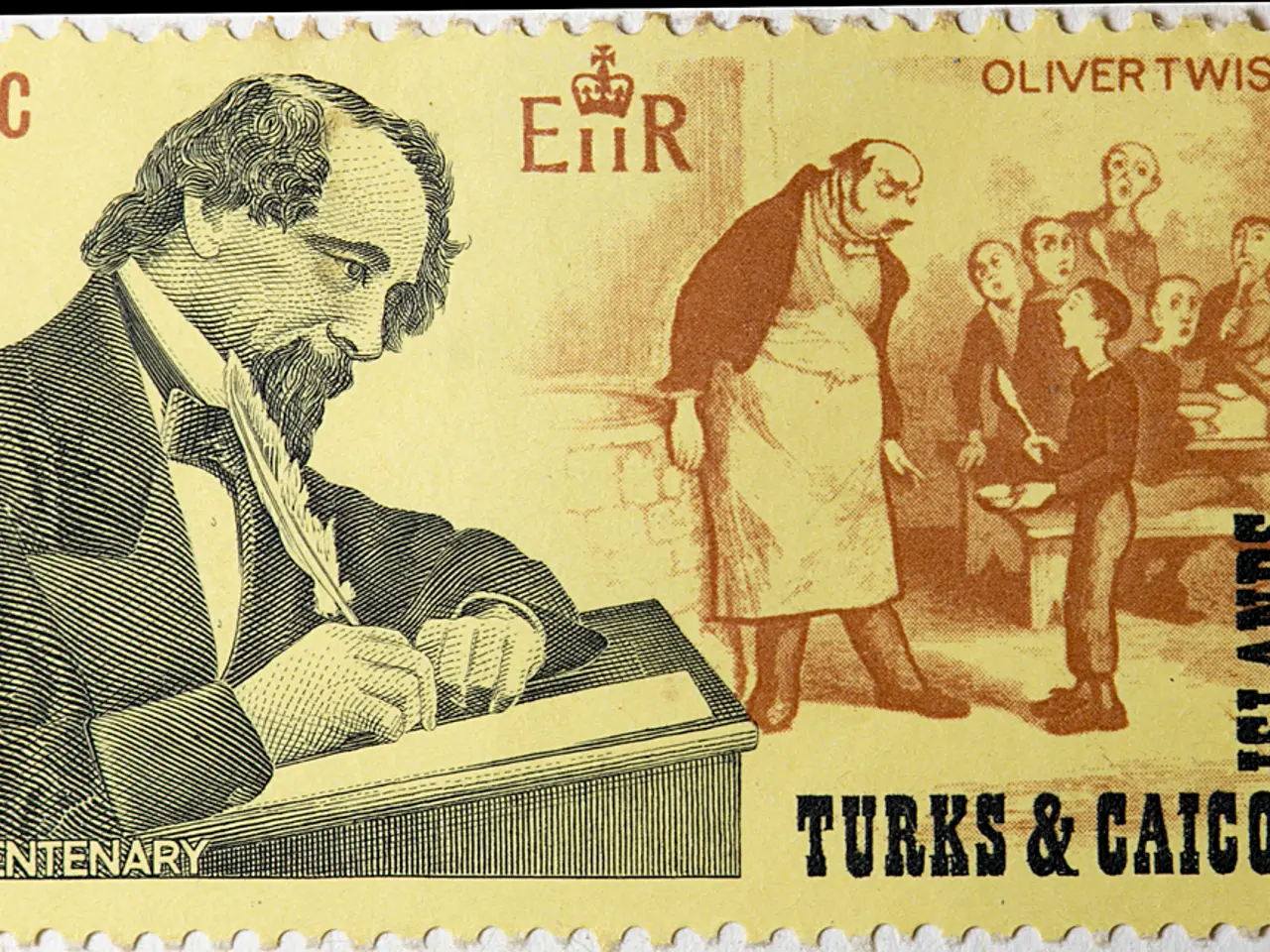Electronic submission of insolvency resolution plans now mandatory, as part of IBBI's efforts to boost the integrity of the Corporate Insolvency Resolution Process (CIRP)
The Insolvency and Bankruptcy Board of India (IBBI) has announced proposed changes to the Corporate Insolvency Resolution Process (CIRP) in an effort to boost transparency, flexibility, and efficiency. The changes, published on August 8, 2025, aim to streamline the CIRP and align India's insolvency framework more closely with global best practices.
Hari Hara Mishra, CEO of the Association of ARCs in India, expressed that the proposed changes aim to strengthen the sanctity and robustness of the insolvency process. Mishra believes that these changes will enhance the overall integrity and efficiency of the resolution framework.
One of the key proposals relates to the role of the Committee of Creditors (CoC) and resolution plan disclosures. The CoC is given enhanced authority in the eligibility deliberations and resolution process. With CoC approval, Resolution Professionals (RPs) can invite bids either for the entire corporate debtor or for individual assets or business units concurrently, instead of sequentially as before. This is expected to avoid delays and value erosion by allowing multiple bidding strategies simultaneously.
The CoC is also expected to play an active role in ensuring compliance with statutory mandates, including the ineligibility criteria under section 29A of the Insolvency and Bankruptcy Code, 2016 (IBC), beneficial ownership disclosures, and the application of immunity under section 32A. Currently, there is no specific provision under CIRP regulations for the CoC to formally record its deliberations on the resolution applicant's eligibility under section 29A. IBBI has proposed that the CoC formally discusses and records its deliberation on Section 29A eligibility of the resolution applicant.
Enhanced disclosures in resolution plans are also a key focus of the proposed changes. The draft proposal requires enhanced disclosures in resolution plans, including a statement of beneficial-ownership and an affidavit regarding eligibility for section 32A immunity. These disclosures aim to improve transparency and encourage deeper due diligence, reducing potential litigation.
Other related measures by IBBI to foster integrity and efficiency in CIRP include proposing a cap on the number of insolvency assignments an insolvency professional (IP) can handle, ensuring RPs facilitate the transfer of possession and legal title of immovable assets to allottees post-approval from the CoC, and adopting technology-driven reforms.
The IBBI has also proposed to extend the use of digital platforms to other aspects of insolvency proceedings, following the success of the eBkray portal in digitalizing liquidation processes. Invitation and submission of resolution plans will be via an electronic platform recognized by the board, and the IBBI has proposed to amend the CIRP Regulations to empower it to notify an online portal for activities related to the invitation and submission of resolution plans.
Mishra opined that the proposed changes will reduce the scope of future litigation on key aspects determining acceptance and implementation of a resolution plan. The proposed changes are expected to increase the role of the CoC in ensuring compliance with statutory mandates, ultimately maximizing value recovery for creditors and other stakeholders.
References: [1] IBBI (2025). Proposed Changes to the Corporate Insolvency Resolution Process (CIRP). Retrieved from https://ibbi.gov.in/proposed-changes-to-the-corporate-insolvency-resolution-process-cirp/ [2] Mishra, H. H. (2025). Interview with Economic Times. Retrieved from https://economictimes.indiatimes.com/news/economy/policy/ibbi-proposes-changes-to-strengthen-institutional-safeguards-streamline-compliance-mechanisms-and-adopt-technology-driven-reforms/articleshow/91391756.cms [3] IBBI (2025). Amendments to the CIRP Regulations. Retrieved from https://ibbi.gov.in/amendments-to-the-cirp-regulations/ [4] IBBI (2025). Proposed Cap on Insolvency Assignments for Insolvency Professionals. Retrieved from https://ibbi.gov.in/proposed-cap-on-insolvency-assignments-for-insolvency-professionals/
- The proposed changes to the Corporate Insolvency Resolution Process (CIRP) aim to enhance the Committee of Creditors' (CoC) role in ensuring compliance with statutory mandates, such as beneficial ownership disclosures and section 29A ineligibility criteria, ultimately maximizing value recovery for creditors.
- Under the proposed changes, Resolution Professionals (RPs) can invite bids for the entire corporate debtor or individual assets or business units concurrently, using technology-driven platforms, a move expected to avoid delays and value erosion.
- The proposed changes also require enhanced disclosures in resolution plans, including statements of beneficial-ownership and affidavits regarding eligibility for section 32A immunity, aiming to improve transparency and encourage deeper due diligence, reducing potential litigation.




